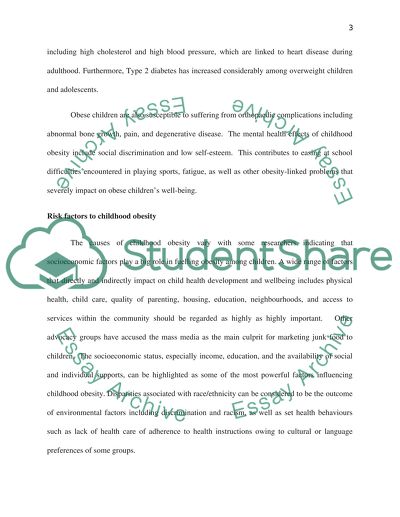Cite this document
(“What Happens in Early Years of Childrens Life Possesses a Profound Essay”, n.d.)
What Happens in Early Years of Childrens Life Possesses a Profound Essay. Retrieved from https://studentshare.org/health-sciences-medicine/1491180-title-describe-and-discuss-the-effects-of-a-child
What Happens in Early Years of Childrens Life Possesses a Profound Essay. Retrieved from https://studentshare.org/health-sciences-medicine/1491180-title-describe-and-discuss-the-effects-of-a-child
(What Happens in Early Years of Childrens Life Possesses a Profound Essay)
What Happens in Early Years of Childrens Life Possesses a Profound Essay. https://studentshare.org/health-sciences-medicine/1491180-title-describe-and-discuss-the-effects-of-a-child.
What Happens in Early Years of Childrens Life Possesses a Profound Essay. https://studentshare.org/health-sciences-medicine/1491180-title-describe-and-discuss-the-effects-of-a-child.
“What Happens in Early Years of Childrens Life Possesses a Profound Essay”, n.d. https://studentshare.org/health-sciences-medicine/1491180-title-describe-and-discuss-the-effects-of-a-child.


